Rising Healthcare Expenditure
Rising healthcare expenditure across various regions is a crucial driver for the Lung Cancer Screening Software Market. As countries allocate more resources to healthcare, there is a corresponding increase in investments in cancer screening technologies. This trend is particularly evident in nations prioritizing cancer control initiatives, where funding is directed towards innovative solutions that enhance screening efficiency and accuracy. The willingness of healthcare providers to invest in advanced lung cancer screening software reflects a commitment to improving patient care and outcomes. Moreover, as healthcare systems recognize the long-term cost savings associated with early detection, the demand for effective screening software is likely to grow. Thus, the Lung Cancer Screening Software Market is positioned to benefit from the upward trajectory of healthcare spending, which supports the development and implementation of cutting-edge screening solutions.
Rising Incidence of Lung Cancer
The increasing incidence of lung cancer is a primary driver for the Lung Cancer Screening Software Market. According to recent statistics, lung cancer remains one of the most prevalent forms of cancer, with millions diagnosed annually. This alarming trend necessitates the implementation of effective screening solutions to facilitate early detection and improve patient outcomes. As healthcare providers seek to enhance their screening capabilities, the demand for specialized software that can analyze imaging data and provide actionable insights is likely to rise. Furthermore, the growing awareness among patients regarding the importance of early detection is expected to bolster the market, as individuals become more proactive in seeking screening options. Consequently, the Lung Cancer Screening Software Market is poised for growth as it addresses the urgent need for innovative solutions in lung cancer management.
Government Initiatives and Funding
Government initiatives and funding aimed at cancer prevention and early detection are pivotal drivers for the Lung Cancer Screening Software Market. Various health organizations and governmental bodies are increasingly recognizing the importance of lung cancer screening programs, leading to the allocation of resources for research and development in this area. For instance, funding for public health campaigns that promote lung cancer awareness and screening can significantly impact the adoption of screening software. Additionally, regulatory support for the implementation of standardized screening protocols further encourages healthcare providers to invest in advanced software solutions. As these initiatives gain momentum, the Lung Cancer Screening Software Market is likely to experience a surge in demand, as healthcare systems strive to comply with new guidelines and improve their screening processes.
Technological Advancements in Imaging
Technological advancements in imaging modalities, such as low-dose computed tomography (LDCT), are significantly influencing the Lung Cancer Screening Software Market. These innovations enhance the accuracy and efficiency of lung cancer detection, thereby driving the adoption of screening software that can process and interpret complex imaging data. The integration of advanced algorithms and machine learning techniques into screening software allows for improved diagnostic capabilities, which is crucial in identifying lung cancer at earlier stages. As healthcare facilities increasingly invest in state-of-the-art imaging technologies, the demand for compatible software solutions is expected to grow. This trend not only supports better patient outcomes but also aligns with the broader movement towards precision medicine. Thus, the Lung Cancer Screening Software Market stands to benefit from the ongoing evolution of imaging technologies and their application in lung cancer screening.
Growing Emphasis on Preventive Healthcare
The growing emphasis on preventive healthcare is a significant driver for the Lung Cancer Screening Software Market. As healthcare systems worldwide shift towards proactive measures to reduce disease burden, the focus on early detection of lung cancer has intensified. This paradigm shift encourages the adoption of screening programs that utilize advanced software to identify at-risk populations and facilitate timely interventions. The increasing recognition of the cost-effectiveness of early detection strategies further supports this trend, as healthcare providers aim to reduce long-term treatment costs associated with advanced-stage lung cancer. Consequently, the demand for sophisticated screening software that can streamline the screening process and enhance patient management is expected to rise. This evolving landscape positions the Lung Cancer Screening Software Market favorably, as it aligns with the broader goals of improving public health outcomes.


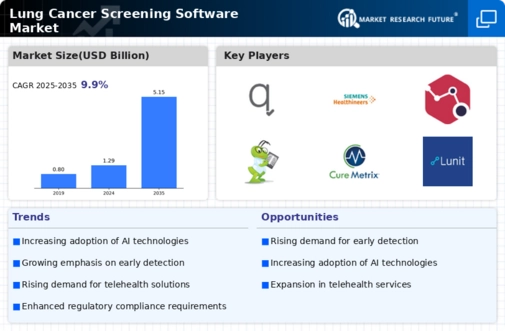
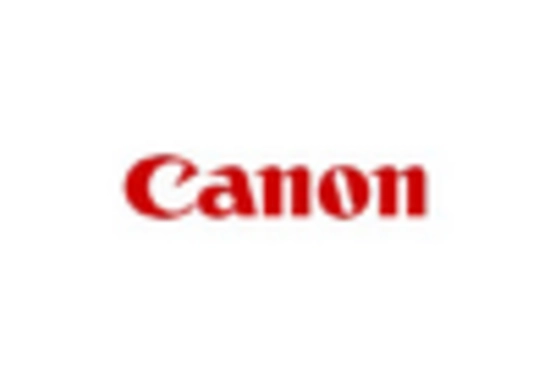
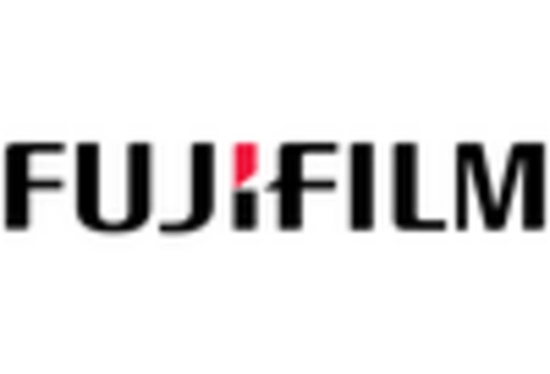

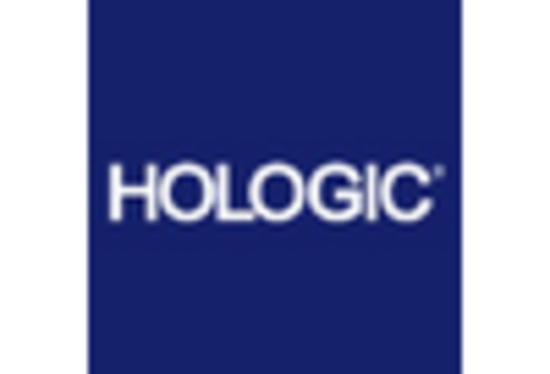
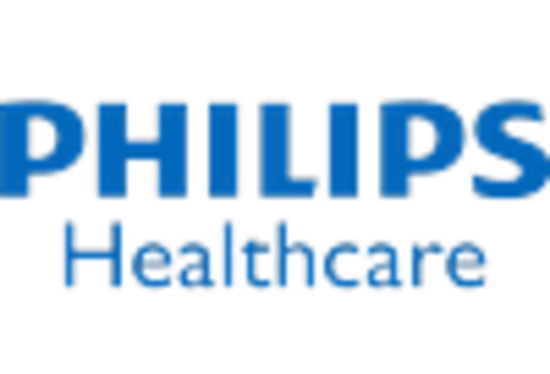









Leave a Comment